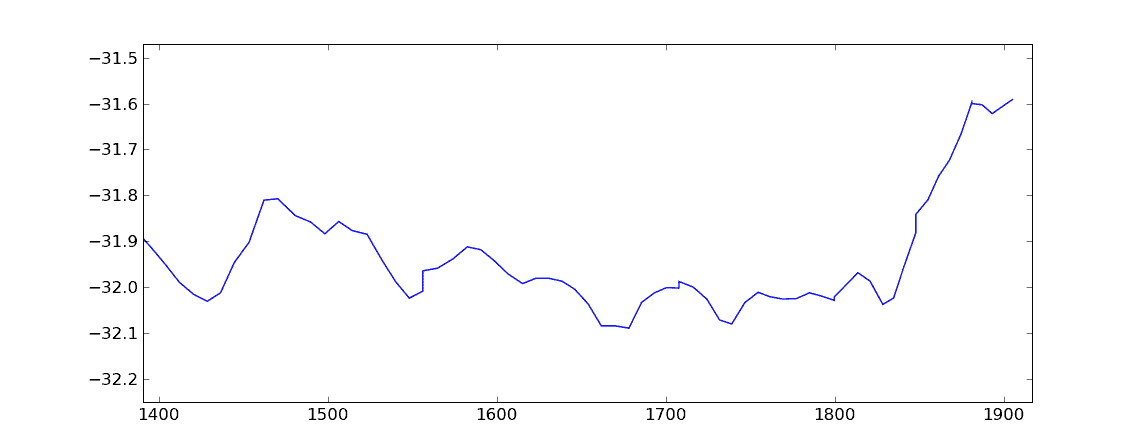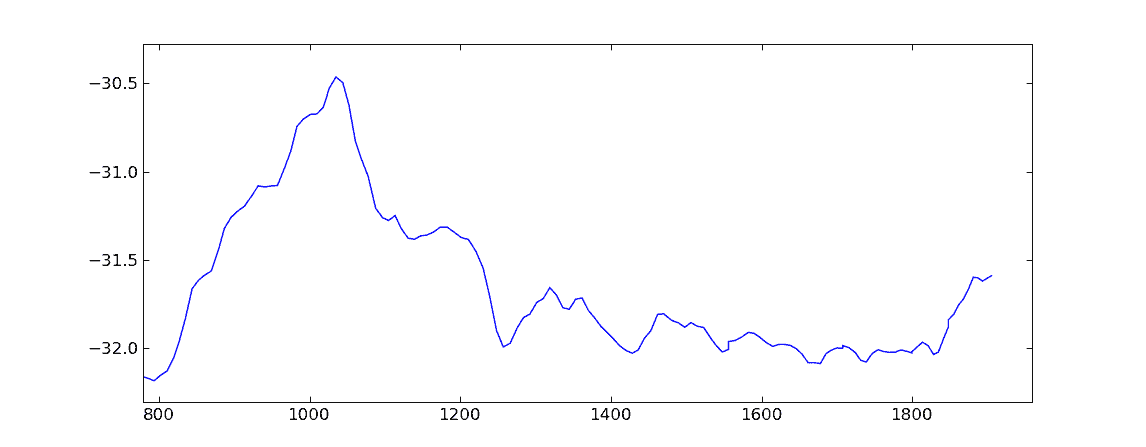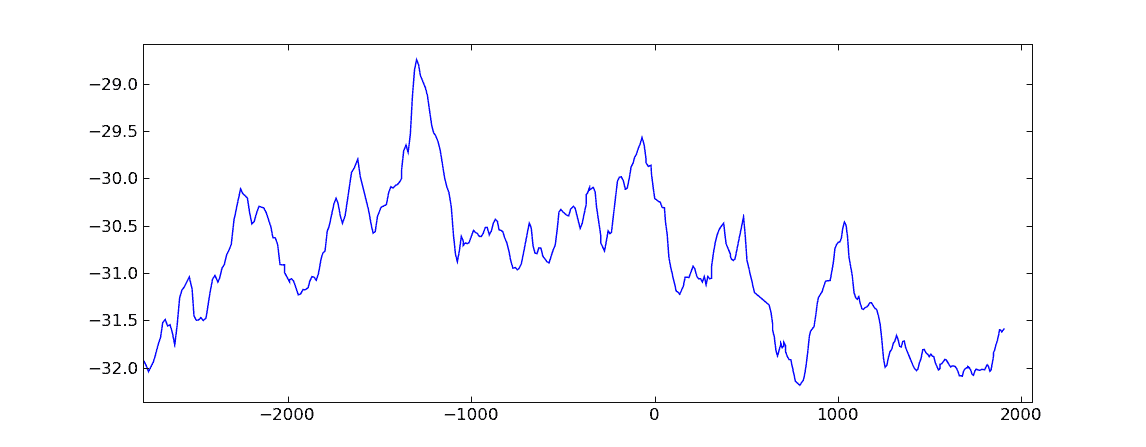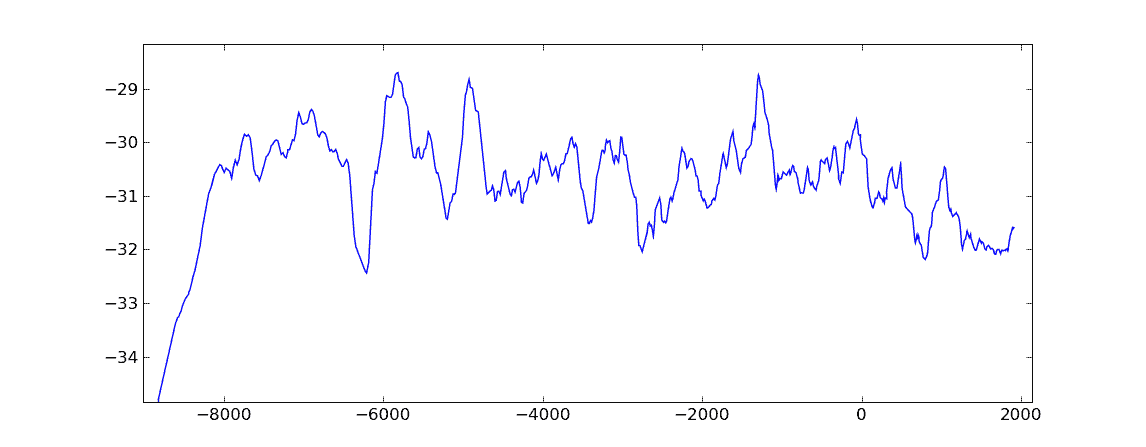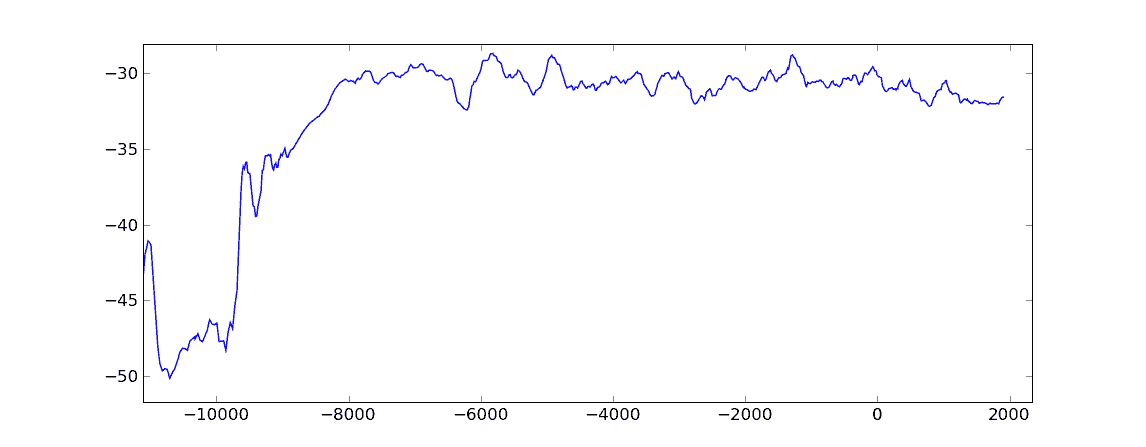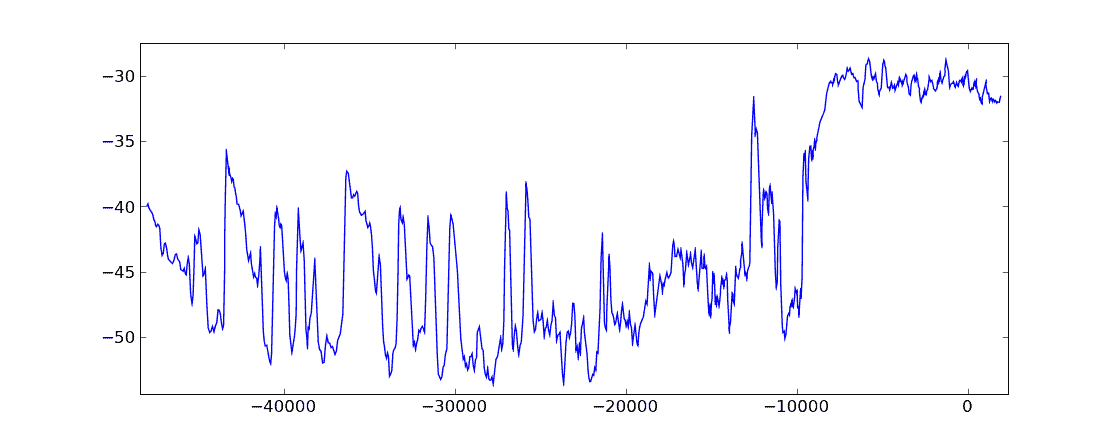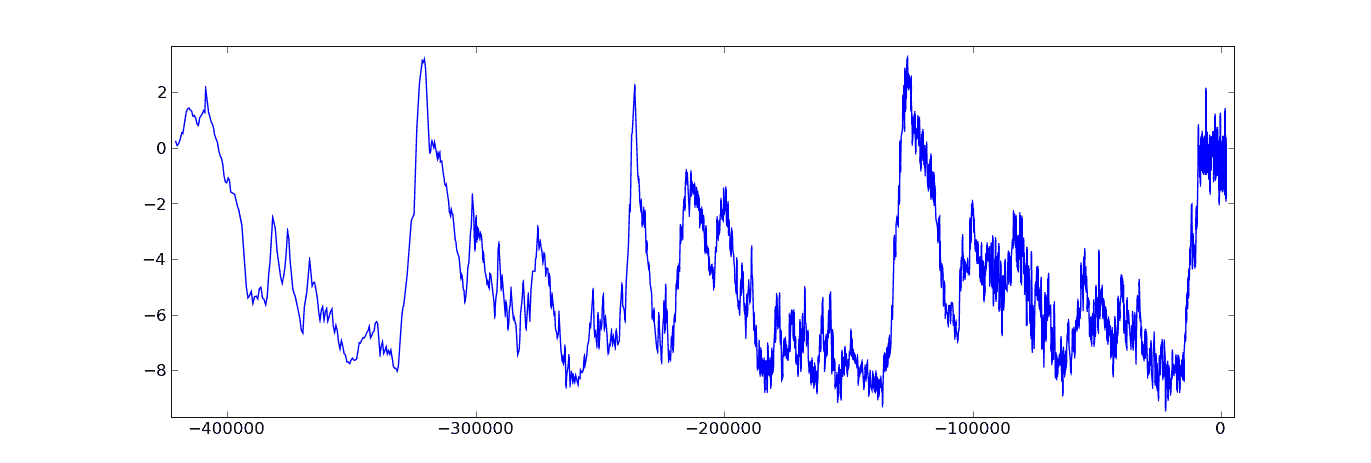At Bryan Caplan’s blog this morning there was an odd comment that stirred up a 40-year old memory:
A single sentence in the Durants’ The Age of Napoleon makes me wonder whether I can trust a word they write on economic policy:
The memory is that it was reading another part of the Durant’s Story of Civilization (of which tAoN is volume 11) back in grade school, I stumbled on a passage which was the very first in any book of any kind in which I realized that the authors could let their political preconceptions alter their interpretation of their subject. What they wrote, as I recall it very inexactly 40 years later, was to the effect that western civilization had progressed in a grand upward sweep since the time of the ancient Greeks, pausing only in the years 1952-1960 — which of course the Eisenhower administration. (This was written before Nixon was elected.) I had previously believed that if something was written in a book, it was authoritatively true. This little gem was so blatantly silly that you couldn’t possibly take it seriously. Books weren’t Truth, after all. It was a defining moment in my intellectual life, something like learning the truth about Santa Claus.
I had some of the same feelings, roughly a decade ago, to learn that the scientific establishment would attack ideas, in this case the notion of diamondoid machinery and mechanosynthesis, using blather, appeal to authority, and various other fallacies, when they knew they didn’t have valid scientific arguments. It was all in aid of getting funding and retaining prestige, and not the search for truth.
There was never a “nanogate” so we will probably never know to what extent the nanotech “in-group” fudged, colluded, or simply used the old-boy network to marginalize their rivals. It would be just as clueless as the Durants to claim that there was a broad sweep of progress in nanotechnology except from 1996 to 2005. But it’s also a bit disingenuous to claim, as some commentators have, to be “shocked — shocked!” to find that kind of thing going on in climate science.
Unlike some people, we at Foresight haven’t been overly focussed on the sturm und drang of science politics. A major reason is that in the long run, it doesn’t matter. If diamondoid machines can be built, and it’s highly likely they can, there is little chance that they won’t be sometime in the coming century. So no matter what the specifics of any given debate, it’s a good idea to look at things like the Industrial Revolution to understand the coming century of technological innovation.
One thing that Climategate does is give us an opportunity to step back from the details of the AGW argument and say, maybe these are heat-of-the-moment stuff, and in the long run will look as silly as the Durants’ allergy to Eisenhower. And perhaps, if we can put climate arguments in perspective, it will allow us to put the much smaller nano arguments (pun intended) into perspective too.
So let’s look at some ice.
I’m looking at the temperature record as read from this central Greenland ice core. It gives us about as close as we can come to a direct, experimental measurement of temperature at that one spot for the past 50,000 years. As far as I know, the data are not adjusted according to any fancy computer climate model or anything else like that.
So what does it tell us about, say, the past 500 years? (the youngest datum is age=0.0951409 (thousand years before present) — perhaps younger snow doesn’t work so well?):
Well, whaddaya know — a hockey stick. In fact, the “blade” continues up in the 20th century at least another half a degree. But how long is the handle? How unprecedented is the current warming trend?
Yes, Virginia, there was a Medieval Warm Period, in central Greenland at any rate. But we knew that — that’s when the Vikings were naming it Greenland, after all. And the following Little Ice Age is what killed them off, and caused widespread crop failures (and the consequent burning of witches) across Europe. But was the MWP itself unusual?
Well, no — over the period of recorded history, the average temperature was about equal to the height of the MWP. Rises not only as high, but as rapid, as the current hockey stick blade have been the rule, not the exception.
In fact for the entire Holocene — the period over which, by some odd coincidence, humanity developed agriculture and civilization — the temperature has been higher than now, and the trend over the past 4000 years is a marked decline. From this perspective, it’s the LIA that was unusual, and the current warming trend simply represents a return to the mean. If it lasts.
From the perspective of the Holocene as a whole, our current hockeystick is beginning to look pretty dinky. By far the possibility I would worry about, if I were the worrying sort, would be the return to an ice age — since interglacials, over the past half million years or so, have tended to last only 10,000 years or so. And Ice ages are not conducive to agriculture.
… and ice ages have a better claim on being the natural state of Earth’s climate than interglacials. This next graph, for the longest period, we have to go to an Antarctic core (Vostok):
In other words, we’re pretty lucky to be here during this rare, warm period in climate history. But the broader lesson is, climate doesn’t stand still. It doesn’t even stand stay on the relatively constrained range of the last 10,000 years for more than about 10,000 years at a time.
Does this mean that CO2 isn’t a greenhouse gas? No.
Does it mean that it isn’t warming? No.
Does it mean that we shouldn’t develop clean, efficient technology that gets its energy elsewhere than burning fossil fuels? Of course not. We should do all those things for many reasons — but there’s plenty of time to do them the right way, by developing nanotech. (There’s plenty of money, too, but it’s all going to climate science at the moment. 🙂 ) And that will be a very good thing to have done if we do fall back into an ice age, believe me.
For climate science it means that the Hockey Team climatologists’ insistence that human-emitted CO2 is the only thing that could account for the recent warming trend is probably poppycock.
And that, if you will allow me to return full circle, means that the Fat Fingers argument is probably poppycock too.
